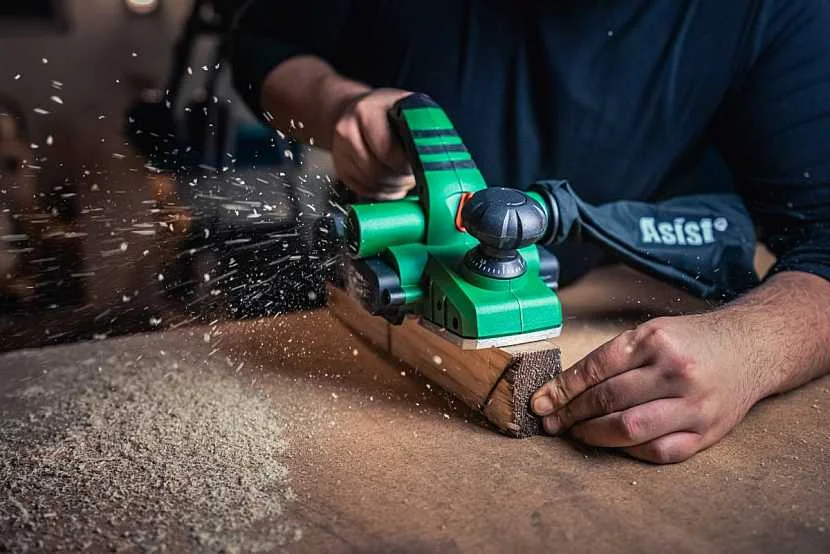Engaging in DIY projects is both enjoyable and fulfilling, yet prioritizing safety is crucial. Adhering to fundamental safety protocols can help prevent accidents and safeguard your well-being.
Preparation Phase
Consult the manual: Prior to utilizing any equipment, thoroughly review its manual to understand the safety precautions. Utilize protective gear: It’s essential to wear safety goggles, gloves, masks, and helmets to shield yourself from potential harm. Organize your workspace: A clutter-free area minimizes the risk of tripping over scattered tools. Ensure adequate lighting: A brightly lit area is necessary to clearly see your work. Electrical safety: Always cut off electrical supply before starting electrical repairs to avoid shock risks. Handle sharp tools with care: Exercise extra caution when using sharp instruments like knives and saws.
While Working
Avoid substances: Steer clear of alcohol or drugs when handling tools or machinery. Apply the right technique: If you encounter resistance, seek an alternative method or assistance rather than forcing the task. Pace yourself: Avoid exhaustion by taking frequent breaks during your project. Stay conscious of your environment: Ensure nothing in your vicinity can get harmed or cause harm while you work. Protect against noise and particulates: Wear ear protection for loud tools and masks for dust-producing tasks.
Post-Work
Clean up: Return all tools and materials to their proper places to prevent accidents. Power down equipment: Make sure tools are turned off and securely stored after use. Inspect for safety: Check for any personal injuries or potential hazards in the work area post-project.
By practicing these essential safety tips, you can enjoy crafting and building in your DIY endeavors while minimizing risks to yourself and others.


